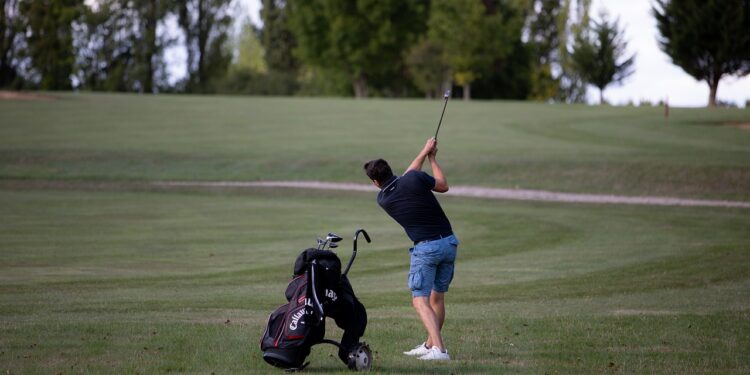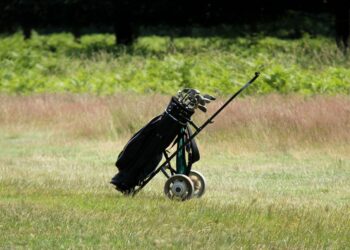Golf is a game of precision, strategy, and finesse. However, the repetitive motions involved in swinging clubs can take a toll on even the most seasoned players, leading to various injuries that can hinder performance and enjoyment on the course. From strained muscles to debilitating joint pain, golfers often find themselves seeking relief from the physical strains of their beloved sport. In this guide, we’ll delve into insider tips for fast golf injury relief, providing valuable insights to help golfers get back on the course feeling their best.
The Anatomy of the Swing
The golf swing is a complex movement that engages multiple muscle groups and joints throughout the body. Understanding the biomechanics of the swing is crucial for identifying potential sources of injury and implementing effective treatment strategies. One common injury among golfers is a golfer’s elbow, a condition characterized by pain and inflammation on the inner side of the elbow. This injury is often caused by overuse of the muscles and tendons involved in gripping and swinging the club. Similarly, lower back pain is another prevalent issue among golfers, stemming from the rotational forces exerted on the spine during the swing. By pinpointing the specific mechanics contributing to these injuries, golfers can tailor their treatment approaches for optimal results.
Putting Patients’ Feet First
As golfers strive for peak performance on the course, the health of their feet often takes a backseat to other aspects of their game. However, podiatry groups specializing in sports medicine understand the critical role that healthy feet play in overall athletic performance. These professionals are well-versed in addressing a wide range of foot-related issues, including common golf foot injuries such as plantar fasciitis and metatarsalgia.

By partnering with podiatrists who prioritize patient care and understand the unique demands of the golf swing, golfers can receive tailored treatment plans aimed at alleviating pain, improving mobility, and preventing future injuries. Whether through custom orthotics, biomechanical analysis, or targeted rehabilitation exercises, podiatry partnerships offer golfers comprehensive support to keep them on their feet and in the game for years to come.
Tips for Injury Avoidance
While injuries are often an inevitable part of any sport, there are proactive measures that golfers can take to minimize their risk of injury on the course. Proper warm-up and stretching routines can help prepare the body for the demands of the swing, reducing the likelihood of strained muscles and tendons. Additionally, investing in quality equipment that suits your body type and swing mechanics can help mitigate the risk of injury. Ensuring proper technique and seeking guidance from a qualified golf instructor can also make a significant difference in injury prevention. By prioritizing proper form and body mechanics, golfers can enjoy the game with reduced risk of injury and improved performance.
Rest, Recovery, and Rehabilitation
In the event of a golf-related injury, prompt and effective treatment is essential for minimizing downtime and facilitating healing. Rest and ice are often the first line of defense against acute injuries, helping to reduce pain and inflammation. Additionally, gentle stretching and strengthening exercises can aid in the rehabilitation process, restoring mobility and function to injured muscles and joints. For more severe injuries, such as stress fractures or ligament tears, seeking professional medical treatment may be necessary. Physical therapy, corticosteroid injections, and, in some cases, surgical intervention, may be recommended to address underlying issues and promote long-term recovery. By prioritizing rest, recovery, and rehabilitation, golfers can expedite their return to the course and enjoy the game they love without the burden of nagging injuries.

While golf injuries are a common occurrence, they need not derail your enjoyment of the game. By understanding the biomechanics of the golf swing, implementing proactive injury prevention strategies, and seeking effective treatment when needed, golfers can overcome injuries and return to the course feeling stronger and more resilient than ever before. With these insider tips for fast golf injury relief, you can tee off with confidence, knowing that you’re taking proactive steps to safeguard your health and well-being on the fairway.









